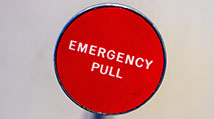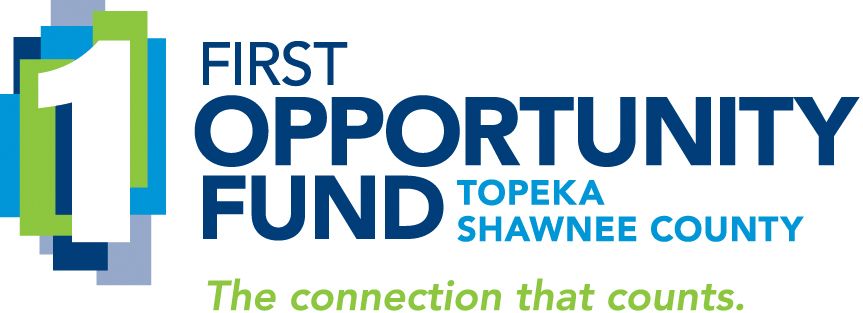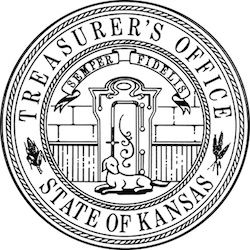Media crises can come in many forms, from a mistake made by the institution or its employees, a natural disaster, geopolitical unrest, cyber attack or an industry crisis like the 2023 bank failures. They are always unexpected and they always demand a swift response.
Like first responders and kindergarten teachers, expert communications professionals have a three-part approach to readiness:
- Systems are monitored 24/7.
- There’s an evacuation and response plan.
- The plan is practiced regularly and at unexpected times.
For many financial brands, step 3—the practice—is what’s often lacking in this three-part preparation. While most marketers have a plan and monitoring in place, many fall short when it comes to running the drills. But practice makes perfect.
Repeated practice makes for perfection in the heat of the moment.
The fire drills children practice in grade school make the desired behavior second nature. When the fire alarm sounds, they calmly walk out the door along the prescribed path. They line up outdoors in the proper place so the teacher can make sure everyone is accounted for, then they wait for the all-clear to return to their seats. There is no confusion. No one has to figure out what to do.
The CEO and other potential spokespersons must rehearse being in the hot seat.
The best practice isn’t one-and-done. It’s a series of role-plays with your spokesperson(s) in front of pretend reporters and real pressure. Here are five steps to build a solid practice regimen:
1. Set up a mock news conference space
Ideally, the practice takes place in a room that would be an actual setting if you needed to stage a press conference. Step back and evaluate the space to be sure the optics are right for a meeting location:
- Select a room that’s easily accessible from the entrance so there’s not a spectacle created from reporters trooping in.
- Be sure that sound is adequate and not easily disrupted by outside noise or music piped in.
- Look at surroundings to be sure the brand is well represented with a classy logo graphic, correct colors and furnishings that are in good repair.
- Make sure the room is well-lit. Set up additional lights if necessary to be sure the speaker looks fresh and shadow-less (especially under the eyes).
- If it has potential to be live-streamed, be sure all tech is in order. Bonus points for having a mult box for reporters to access.
2. Recruit sample reporters with prepared questions Everyone needs to practice even if it feels silly. When a real crisis arises, you'll be putting your financial brand's best foot forward.
Everyone needs to practice even if it feels silly. When a real crisis arises, you'll be putting your financial brand's best foot forward.
- Use people from your team—including other departments—to role play as reporters. Be sure to include interns.They’ll bring a younger age bracket perspective from the news media they follow.
- Assign different personas for your reporters to play such as friendly reporters, muckrakers, bloggers, local news anchors, industry writers, etc.
- Give your reporters the crisis scenario and some scripted questions, but also allow them leeway within their roles.
3. Prep your spokespersons
- Inform them of the sample crisis and share with them the prepared FAQs and messaging.
- Let them know you’ll be running through without stopping as if it’s real.
- Give them some coaching about:
- watching out for fidgets and “Uhm,” and “so” fillers
- never repeating negative questions, such as “It’s not true that we just evict people…”
- having a strong, open physical posture and being aware of gestures and body language
- where their eye contact should be directed
- dress code
4. Run and record the practice sessions
- Follow a standard news conference agenda using one of your planned crisis scenarios.
- Run through without stopping for about 15-20 minutes.
- Follow the same agenda with a different crisis if you’re preparing multiple potential spokespersons.
5. Debrief
Watch the recorded sessions and critique them right away. This gives everyone a chance to see what they did well and what should be refined about their delivery. Conduct a few extra run-throughs to solidify the improvements.
Be prepared. Not all spokespeople will enjoy this rehearsal. Some will get grouchy and uncomfortable—and may try to cut the session short. Stand your ground. This is exactly why practice is necessary.
No one is immune from the need to practice
The communications team should also have surprise practices on occasion.
- Make sure they know where to easily find the written protocols.
- Check to be sure the key contact list is current.
- Make sure everyone knows their roles.
Be prepared for a media crisis and be the hero
When a crisis hits, winging it or attempting to develop quick response on the fly often makes matters worse.
Ongoing monitoring, developing good plans and practicing are vital elements of avoiding or mitigating risk. Bank communications teams who can spring into action with confidence and credibility when the situation calls for it will reassure the public, customers, investors and employees—and protect the reputation of their financial brand.
For more educational content on bank media crisis management, you can watch our on-demand webinar Media Crisis: plan and prepare.
If you need help preparing for—or responding to—a communications crisis, call Martha at 785.969.6203 or
This article was first published in the American Bankers Association Journal. Emergency button photo credit: Jason Leung on Unsplash

























